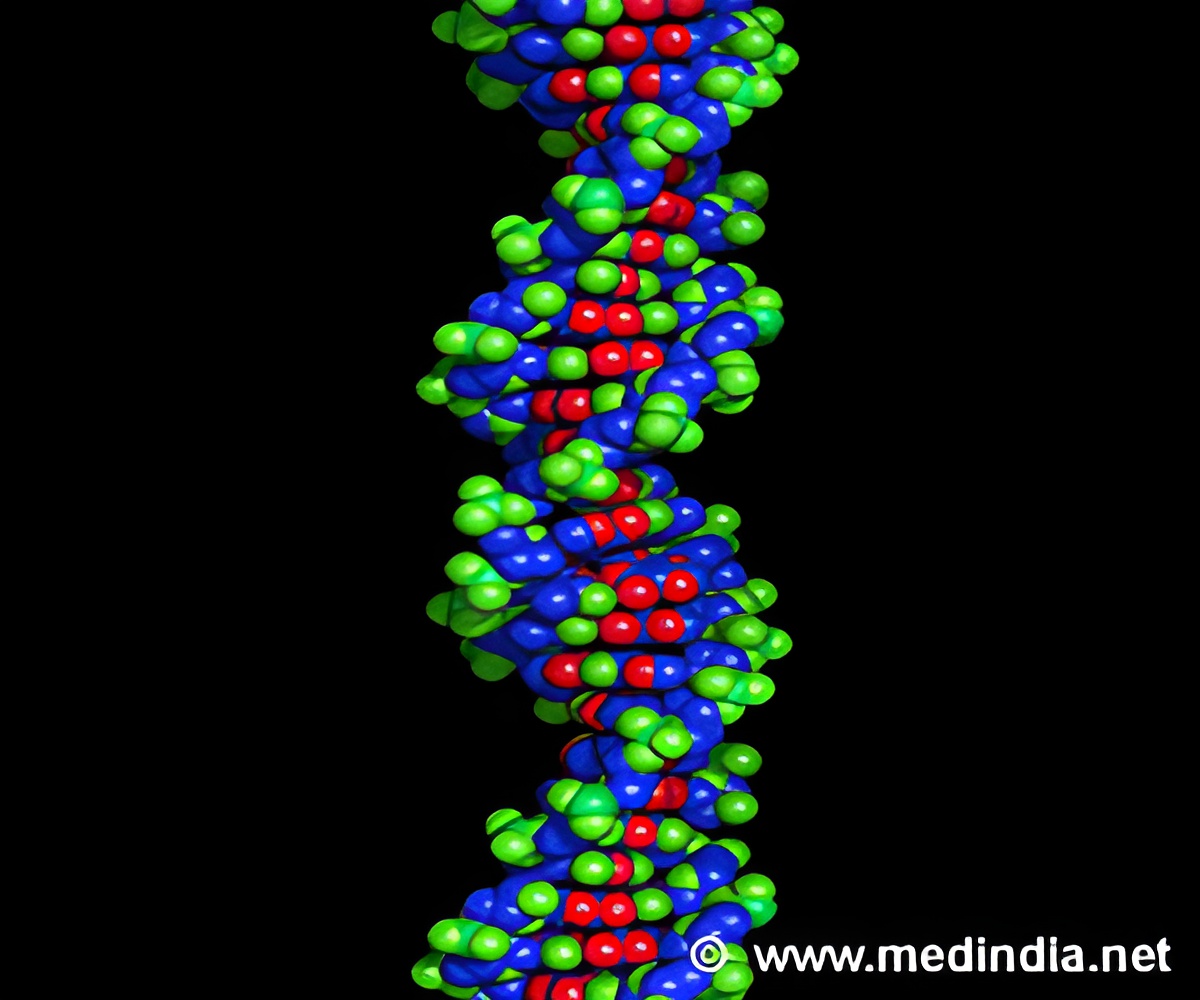Researchers led by Leemor Joshua-Tor at Cold Spring Harbor Laboratory (CSHL) have shed new light on how a protein called Dis312 makes use of numerous recognition sites.

Therefore, Dis3l2 only targets specific messages that have been marked with a molecular flag, known as a "poly-U" chain. The enzyme ignores the majority of messages in the cell – those that go on to encode proteins and other critical messages – whose ends are decorated with a different type of chain, called "poly-A" tail.
The CSHL scientists set out to understand how Dis3l2 is able to read and distinguish between these two chains. In work published today in Nature, they used a type of molecular photography, known as X-ray crystallography, to observe the structure of Dis3l2 while bound to a poly-U chain. "We saw that the enzyme looks a lot like funnel, quite wide at the top and narrow at the base," says Joshua-Tor. "The poly-U chain inserts itself into the depths of this funnel while the rest of the bulky message can remain in the wide mouth at the top."
But how does the enzyme "read" the poly-U chain? Christopher Faehnle, PhD and Jack Walleshauser, lead authors on the paper, found that the interior of the funnel contains more than a dozen contacts that interact specifically with the poly-U chain. "Together, all of these points create a sticky web that holds the poly-U sequence deep within the enzyme," says Faehnle. "But other chains don't interact – they can slide right out. It has helped us understand how an enzyme can differentiate between two sequences in the cell."
More than that, the work provides insight into how a stem cell maintains its identity. "Misregulation of any step in this pathway leads to developmental disorders and cancer," says Joshua-Tor. "We now have a much better appreciation of the terminal step, a critical point of control."
Advertisement








